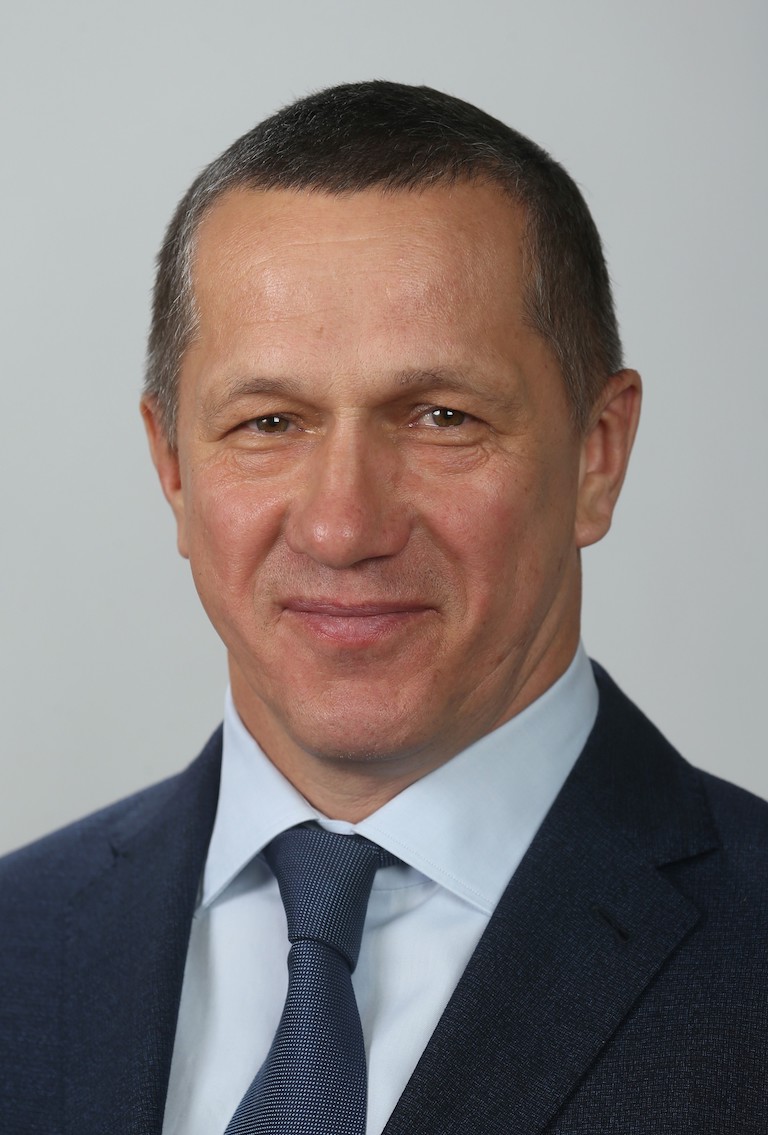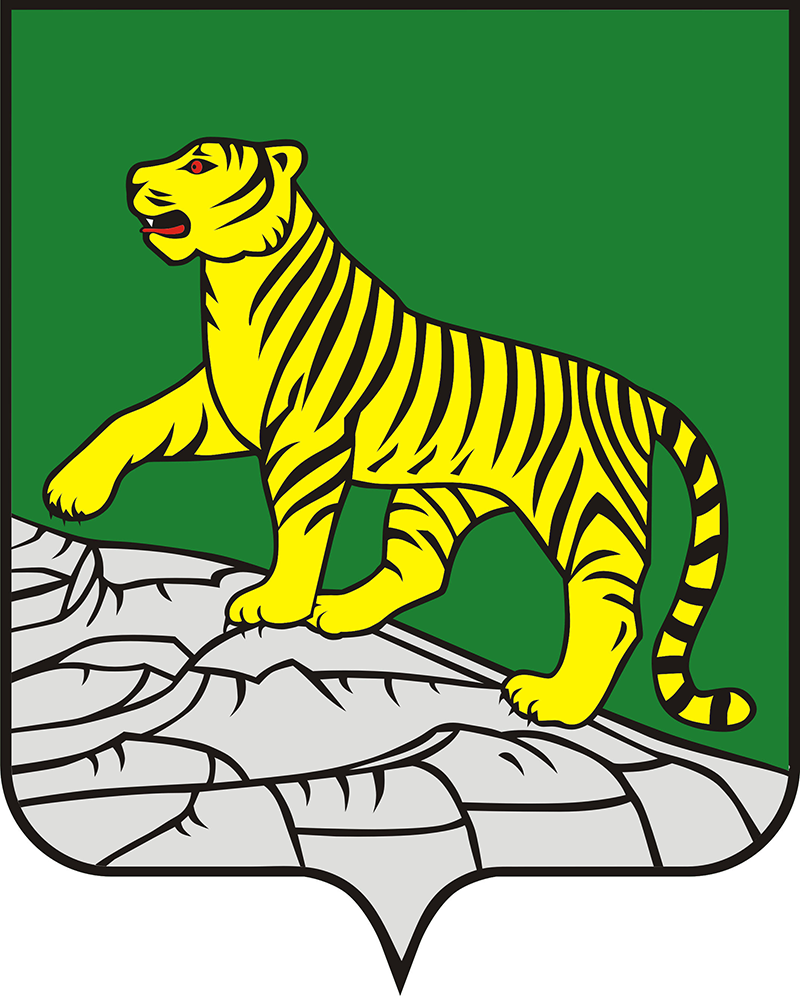Уважаемые участники и гости V Восточного экономического форума – 2019!
Восточный экономический форум проводится в пятый раз, и за это время он стал ведущей международной площадкой по расширению сотрудничества регионов России и Азиатско-Тихоокеанского региона, привлечению инвесторов, обмену передовым опытом, укреплению деловых связей. Можно уверенно констатировать всё возрастающую значимость ВЭФ для решения задач эффективного социально-экономического развития дальневосточных территорий, повышения их инвестиционной привлекательности и расширения возможностей внешнеэкономического сотрудничества.
В этом году форум особенный, юбилейный. И потому особенно знаменательно, что в ходе ВЭФ Президенту Российской Федерации Владимиру Путину будет представлена Национальная программа развития Дальнего Востока. Задачу для макро-региона выйти на опережающие темпы роста в экономике, социальной сфере, демографии глава государства поставил в сентябре прошлого года. В разработке программы приняли участие сами дальневосточники, в том числе жители Еврейской автономной области. Стратегический документ определит важнейшие направления развития Дальнего Востока России, а его реализация должна дать толчок к экономическому росту регионов, повышению качества жизни населения, развитию социальной сферы.
От души желаю участникам и гостям форума плодотворной и результативной работы.
Паспорт региона
Флаг

Герб

На карте

 Административный центр
Административный центр
Биробиджан
 Крупные города
Крупные города
Облучье
 Реки, озера
Реки, озера
Амур, Бира, Биджан, Биракан
 Климат
Климат
Один из самых благоприятных уголков Дальнего Востока. Зима малоснежная и холодная, лето теплое и влажное. В конце июля – начале августа резко увеличивается количество осадков
 Площадь
Площадь
36,3 тыс. кв. км
 Население
Население
164,2 тыс. человек
 Транспортное сообщение
Транспортное сообщение
Железнодорожное, автомобильное
 Часовой пояс
Часовой пояс
MSK+7
 Экономика
Экономика
Добыча полезных ископаемых, обрабатывающие производства, строительство, сельское хозяйство
Полная информация в КАТАЛОГЕ УДВ

10 фактов о Еврейской автономной области
Кульдурское месторождение
одно из крупнейших месторождений брусита в мире и единственное действующее в России
Шолом-Алейхем
писатель, которого называют еврейским Марком Твеном
На месте современного Биробиджана находилась железнодорожная станция Тихонькая
Каждые два года
в Еврейской автономной области проходит Международный фестиваль еврейской культуры и искусства

ЕАО
единственная в России автономная область

Главный раввин области ЭЛИЯГУ РИСС
самый молодой раввин в России
Биробиджанский вокзал
первое каменное здание города
В Биробиджане находится памятник первым еврейским переселенцам
Менора
еврейский семисвечник – символизирует древо жизни. Фонтан в виде меноры находится на привокзальной площади Биробиджана
В заказнике «Журавлиный» обитает краснокнижный уссурийский журавль

Dear participants and guests of the 5th Eastern Economic Forum!
This year, as we celebrate the Forum’s 5th anniversary we have an opportunity to look back on everything that has been achieved since 2015. It was the first time when Vladivostok hosted the trendsetters from Russian and international business communities, government officials, foreign dignitaries, researchers, and experts – in other words, everyone who was prepared to cooperate with Russia and work in the Russian Far East; everyone, who was ready to launch new production facilities and develop those already in place; everyone, who aimed to create new jobs, construct roads, housing, and hospitals – namely improve the life of our Eastern territories.
The goals we set 5 years ago appeared unattainable back then. We discussed a broad range of topics: expectations and development prospects, creating new economic regimes and improving the investment climate, passing legislative initiatives and changing legal framework, putting new social infrastructure in place and helping regions reach their potential – in other words, we were talking about the future. Some were hopeful, some remained skeptical, yet there was only one thing that mattered: we were ready to act as one. And today, that future has become our present.
The President of the Russian Federation Vladimir Putin designated the development of the Far East as a national priority of the entire 21st century. At the behest of the President, a whole new economy is being created in the region. Large companies as well as small and medium-sized businesses can count on tax breaks, administrative preferences, concessional loans, and support from the state development institutions.
A lot has been accomplished during the last 5 years: over 40 legislative initiatives that sustain investment activity and improve the social sphere have been passed; 20 advanced special economic zones and 5 free ports have been put in place. These measures resulted in over 1,780 new investment projects worth over RUB 3.8 trillion, and 230 new enterprises appeared. The government provides targeted infrastructural and financial support to the investors. Over 70 thousand people received free land and now are building houses and farms on their ‘Far Eastern hectares’.
17 different countries invest in the Far East: China, Japan, the Republic of Korea, Australia, New Zealand, Vietnam, to name a few. Since 2014, nearly 32% of all direct foreign investment came to our region.
The Far East itself has expanded: Zabaikalsky Krai and the Republic of Buryatia joined the Far Eastern Federal District, while the Ministry for the Development of the Russian Far East now oversees an additional region: the Russian Arctic Zone.
When it comes to the social sphere, the ‘Unified Subsidy’ mechanism has provided existing measures with additional stimulus. 57 centres of economic growth have received funding for the construction of schools and nurseries, hospitals as well as medical and obstetric stations, cultural centres and sports facilities. These centres are home to over 80% of Far Easterners.
A fair amount of good work has been done. Economic growth in the FEFD exceeds 4%, which is two times greater than the Russian national average. However, we are now faced with another objective: increasing economic growth in the Russian Far East to 6% per year. We also must figure out how to improve the quality of life in the Russian Far East and in the Arctic so that it exceeds the Russian national average. These objectives have been set by the President of the Russian Federation Vladimir Putin.
Our goal is to make the Russian Far East more accessible to investors and comfortable for the people that live here, providing them with the confidence that their dreams will become a reality in the nearest future.
Many topics that were brought up at previous Forums ended up serving as the foundation for the development and passing of legislation, the implementation of new business support measures, and the improvement of the Far East’s social welfare. I am confident that this Forum will continue contributing to the open dialogue between businesses and authorities, experts and researchers, sociologists and demographers.
I would like to wish Forum guests and participants all the best. The Russian Far East is open for cooperation: we value each partner, every opinion and every initiative that helps develop our country!
Yury Trutnev






